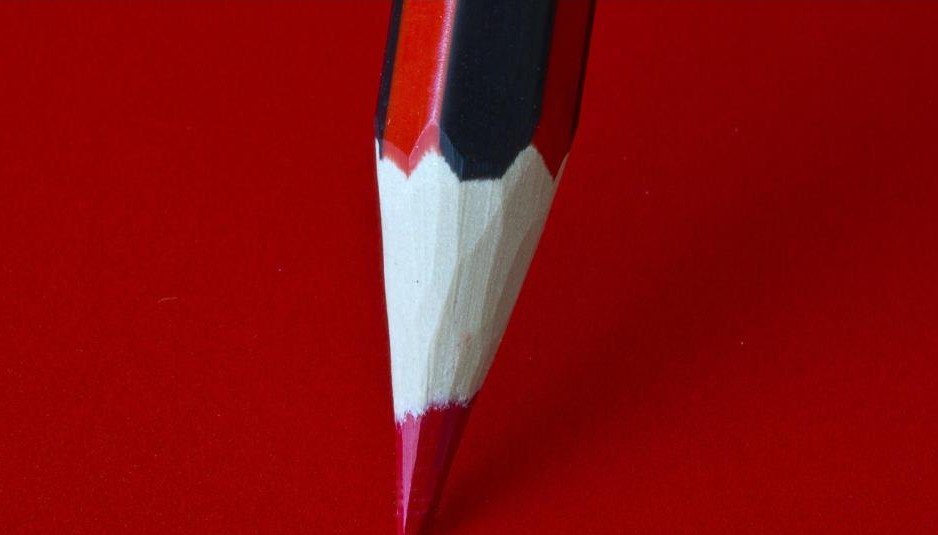You’ve heard many versions of this advice before:
- Embrace the ugly first draft. Ann Handley, Everybody Writes
- Write with the door closed, revise with the door open. Stephen King, On Writing
- Turn off the inner critic and be fearless. Me, The Writer’s Process
No matter how it’s phrased, the advice is sound. Resist the temptation to revise and polish your words while you write the first draft. Revision and drafting use different cognitive systems, and they can get in each others’ way.
Revising while drafting can shut down creative input and flow.
Using the Muse and Scribe analogy, if you try to revise and wordsmith as you set down the first draft, you’re giving the steering wheel to the Scribe. The Muse is likely to take off and do something else altogether.
But cognitive systems aren’t a compelling argument for many people. So, this post is for anyone who really likes to polish and choose every word as they draft, or who otherwise thinks they can combine drafting and revision and end up with a good first draft. You’re taking a big risk.
A Disclaimer
Can you truly separate revision from drafting? Not entirely.
Drafting and revision are the yin/yang of writing.
No matter how much you try to delineate them, a little bit of each happens in the other.
For example, you’ll think of a stronger verb as soon as you finish a sentence, or rephrase something as you draft. It happens. Likewise, when you’re in the revision phase, you may discover that you need to write a transition or come up with a new segment.
Few of us can completely separate these two phases unless we hand over the revision process to someone else entirely.
But once you open the door to revision while drafting, it can be difficult to close it. It’s so tempting to imagine that you’re capable of spinning out brilliant stuff at the first pass.
Most of us aren’t.
If you insist on revising and polishing while you write, you risk either wasting your time (stealing time from other writing) or compromising the quality of the finished work.
Wasted Time
Perhaps you prefer to polish and revise as you write. You may believe that you spend less time by doing it at once than by saving revision for a separate process..
That may work for something short, like a blog post. But what about a longer work with structure and linear flow, such as a paper, dissertation, or book?
The first step of the revision process should be reading through from start to finish and asking the big questions about order and flow. Even if you worked from an outline when drafting, the act of writing often reveals issues you were not aware of when starting.
If you’ve written a nonfiction book, when revising you should confirm the following:
- Is the information presented in the right order, at appropriate depth for my target audience?
- Have I left something out?
- Does the text include unnecessary details or digressions?
You cannot always answer these questions until you have a little distance from the rough, first draft. If you let the work sit for a day or so and then return, you may discover that you need to pare down some areas, flesh out others, move sections around, and perhaps cut something altogether. A developmental editor may help you with this phase of your book.
Only after answering those questions should you start fine-tuning sentence constructions, choosing stronger verbs, and otherwise polishing and refining the prose.
What happens if you revised and polished the words while writing the first draft? That work is extraneous, and may be left on the cutting room floor.
Revising while drafting is like choosing the curtains before you build the house.
Compromising Quality
Suppose that multiple initial reviewers tell you that your book or research paper is best served by cutting out a section. But you have spent hours during the drafting phase polishing and fine-tuning the prose. You’ve come up with several clever, tweetable sayings based on that content.
If you revise and polish as you draft, you risk becoming so attached to the sheer artistry of your prose that you cannot bear to cut it out. As a result, you leave in content that does not serve the reader.
If you cut the section (as you probably should), you essentially lose all of that work, in which you have invested time, effort, and belief.
It’s hard to cut text that you have polished with care.
This is a variation on the Ikea Effect, in which we overvalue things we have helped to create. Cutting that section feels like a personal loss, and you are less likely to do it.
So there you go – two more good reasons to just write the ugly first draft and then get down to the business of revision!

